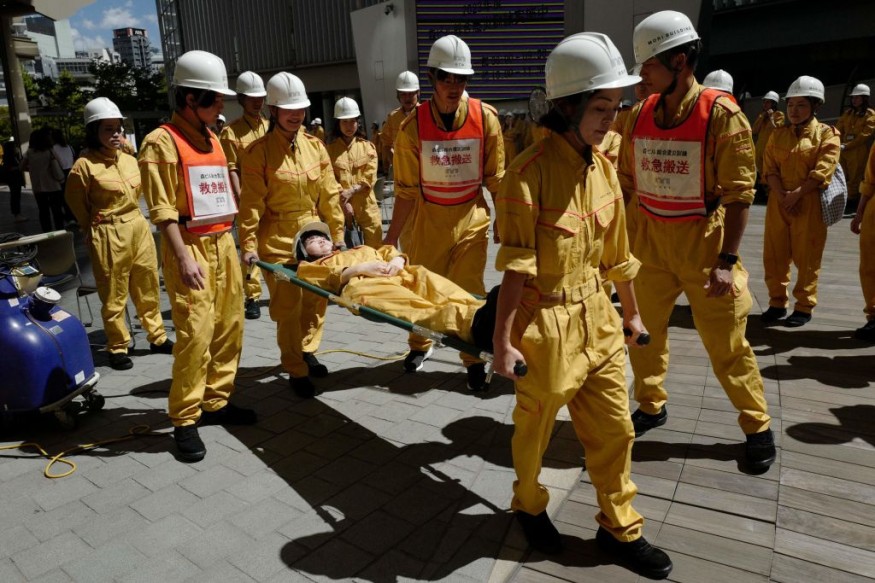The 1923 powerful Kanto Earthquake was one of the most devastating earthquakes in Japan, causing massive fire damage and casualties, and the disaster is recently remembered for its 100th anniversary.
The powerful quake hit on September 1, 1923, killing 90% of the 105,000 people who suffered in the country.
Japan has experienced challenging earthquakes and extreme weather events. However, people have become resilient to natural disasters, from power quakes to severe flooding and tsunamis.
The country has been prone to earthquakes and storms due to its topography, climate, and its location as part of the Pacific earthquake belt.
Deadly Great Kanto Earthquake in 1923

One of the most powerful earthquakes in Japan was the Kantō earthquake, which struck on September 1, 1923.
Here are the details about the devastating quake.
- The Kanto Earthquake killed 90% of the 105,000 who suffered from the earthquake in Tokyo's capital, reports showed.
- The magnitude reached 7.9.
- The earthquake caused massive fire due to the wood construction and buildings. The wind helped to spread the fire, causing more deaths in the earthquake.
- The earthquake damage left ¥ 1.5 billion in 1923.
Reports showed that the powerful earthquake hit during lunchtime in parts of Japan, with fires reaching parts of Asakusa Ward (currentl the east part of Taito Ward), Honjo Ward (currently the south part of Sumida Ward), and Kanda Ward (currently the north part of Chiyoda Ward).
According to research in the Bulletin of the Seismological Society of America, the massive fire from the earthquake claimed most of the casualties.
The earthquake is also called the Great Kanto Fire Disaster.
When the earthquake emerged, the Japanese were using Kamado cooking stoves, which helped unleash a deadly blaze in the city.
At least 98 locations suffered from the fire during the quake.
Private and public buildings also burned. Click here to see the interactive maps of the massive fire of the Kanto Earthquake.
Furthermore, the raging fires intensified due to the windy weather, allowing them to burn other areas in Japan, especially in the Fukagawa Ward and Kyobashi Ward.
Due to the fires, the temperatures rose in the affected areas. The situation became more challenging for the Japanese, especially the children, older adults and people with medical conditions.
According to Tomoaki Nishino, fire conditions after an earthquake could depend on the weather and the environment.
Nishino is also from the Kyoto University's Disaster Prevention Research Institute. Nishino added that fire-resistant and low-density buildings could help prevent possible conflagrations.
During the Kanto Earthquake's catastrophic fires, it had become difficult for the firefighters to contain the massive fires in Tokyo.
Lessons learned from the Kanto Earthquake's catastrophic fires
The recent report will be added to the BSSA special issue tackling the disastrous Kanto quake. It has also taught people and students to protect themselves from strong earthquakes and prevent possible fires.
The insights into the massive quake impact also helped develop disaster mitigation plans. The early preparations of young children are essential to stay alert and ready for possible earthquake disasters.
Related Article : Fire Frequency Can Cause Ecosystem Collapse, Research Shows
For more similar stories, don't forget to follow Nature World News.
© 2025 NatureWorldNews.com All rights reserved. Do not reproduce without permission.





